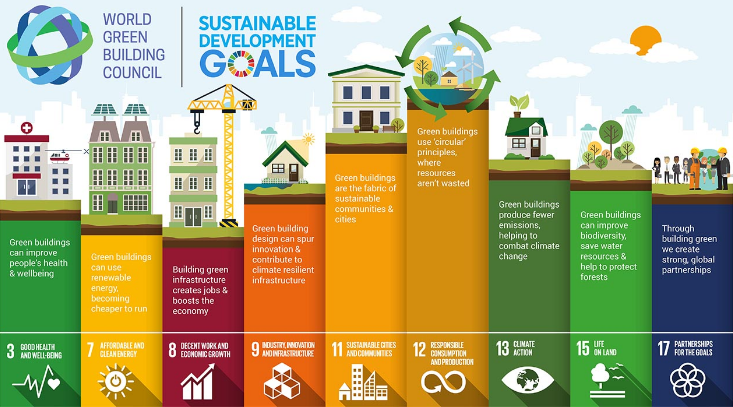In a not too distant past, our forefathers lived in a much different world; a world which was in a state of social and ecological balance. Their lives were models for true sustainable living. They looked to nature (Prakriti) for food, shelter and clothing. Food (organic and vegetarian) was grown in the land surrounding their homes, shared amongst each other and eaten by the season. Natural, non-toxic and sustainable materials such as timber, dirt and leaves were used in the construction of sturdy, safe and comfortable homes. Clothing and dyes were made from natural plant material and cow dung (biomass) was used as fuel to cook and prepare meals for the family. Animals were treated with kindness and respect, seen as forms of divinity as inGauriMaa. Only what was needed was used and there was a true sense of bliss when the right thing was being done, with love and devotion. ‘Ahimsa’ or non-violence in all forms did not exist.
This deep sense of care, community and duty to each other, religion and the environment permeated their very being and everyday life. This strong support system and interdependence is part of the reason why Hindu societies were very successful.
While this is still the life of many in India today for example in beautiful Vrindavan, in Trinidad, life evolved and is evolving, but in ways which unfortunately are causing great stress on our natural resources and ecosystems.We are now facing one of the greatest, if not THE greatest challenge of the twenty first century. We’re at a tipping point in history where the socio ecological system is becoming more and more unbalanced, and we face uncertainty as to whether we will be able to move into this “safe + just space” where each person can lead their life with dignity, opportunity, fulfillment and community.
This doughnut diagram represents a twenty-first century compass that re-defineseconomics and the growth or development of a nation. It in essence represents the deep interconnectedness of basic human/social need and our natural resources; the life of this planet itself. It shows the need for us to remain within the boundaries of the “doughnut” that space where Regenerative and Distributive Economy flourishes.Sounds familiar?
All around the world (with the exception of countries like Bhutan), for many decades, the word GDP (Gross Domestic Product) was all we heard of when it came to measuring the “wealth” and economic progress of a country. In fact, if we only looked at GDP per capita, Trinidad and Tobago is considered the wealthiest country in the Caribbean as well as the third richest country in the Americas after the United States and Canada! So why aren’t we a success story? Why aren’t we flourishing in all aspects of life? Why don’t wefeel safe or secure in our communities? Why do we still struggle with crime, health issues etc.?
Well, the quantitative answer to those questions may be found in our inability to prioritize what truly matters, as clearly demonstrated in the Social Progress Index (SPI). The Social Progress Index is an aggregate index of social and environmental indicators that capture three dimensions of social progress: Basic Human Needs, Foundations of Wellbeing, and Opportunity as shown below. The 2017 Social Progress Index includes data from 128 countries on 50 indicators.
The SPI compares us to other countries of similar GDP per capita eg. Spain, Japan, France, New Zealand and Italy and it sadly tells us exactly what we know to be true, in a quantitative form.
So what this tells us is that although Trinidad and Tobago has a population three and a half times (3.5x) LESS than Costa Rica, and with a GDP of 35% GREATER than Costa Rica, our SPI is still nowhere close to that of Costa Rica. Infact, Costa Rica is being heralded as a success story and after further research it was found that countries, like Costa Rica who have intentionally placed Education, Environment and health of their peoplein front of GDP are naturally thriving economies. You see when the well-being and safety of People and Planet become a priority, it leads to increased productivity, fulfilling and thriving societies which then reflect on the economic health of the country i.e. GDP. In many parts of the world, including Trinidad and Tobago, GDP however is still at the forefront of everything else being seen as the ticket to a better life, which we know doesn’t necessarily fulfill that goal.
Every decision we make, from the food we eat, to the items we purchase, how we use energy and water, affects this doughnut. We need to ensure that these decisions are not going to cost our environment which inturn will mean the very survival of all species of life on earth, including ours.
There is one particular movement which brings much hope; an area that addresses atleast nine (9) out of the seventeen (17) UN Sustainable Goals set for 2030. This is the Green Building Movement.
How can true sustainable buildings, communities (like those of our ancestors) and cities help re-create the world as we know it, in the fight against Climate Change? We will soon explore!
Lydia Singh
BSc. Eng., PMP, LFA
Living Building Challenge Ambassador








